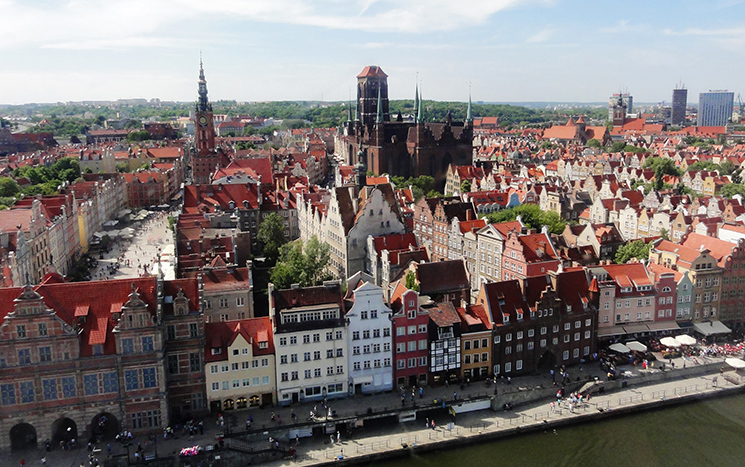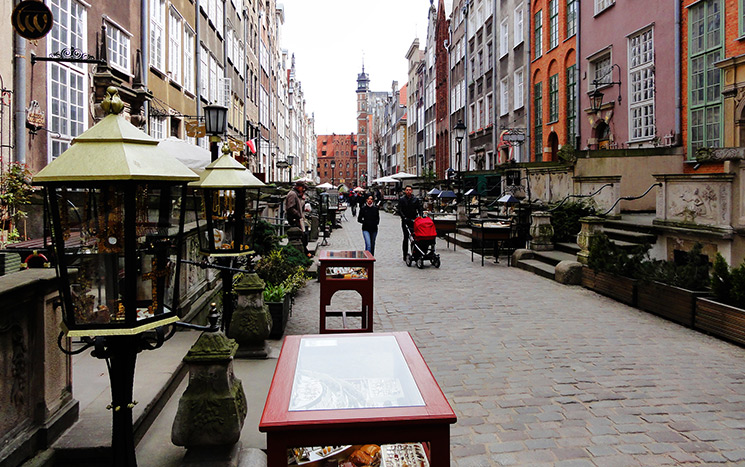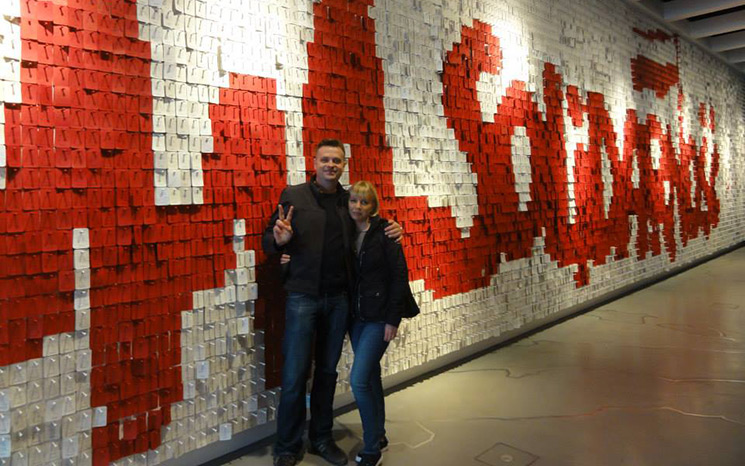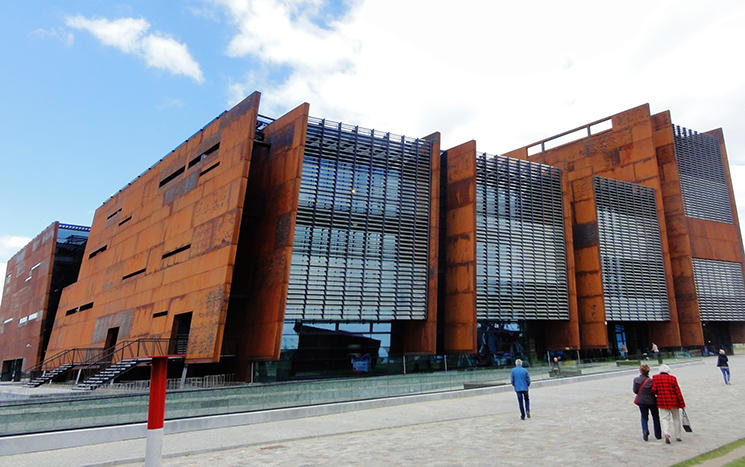Gdańsk, Poland, looks the way you would expect a thousand year-old city to look: authentic, genuine, and old. The Town Hall—warm red brick, with a sharp spire atop the Gothic clock tower—has marked the center of the city since before the Incans constructed Machu Picchu or Columbus discovered America.
It’s a place where one-third of the streets have had the same names since the 16th century, where World War II began with Germany’s invasion of Poland, and where Solidarity was born as the Cold War ended. It also happens to be the city that jump-started Marcin Garbacz’s career.
An architect in Baskervill’s hospitality studio, Marcin attended Gdańsk University of Technology and had the chance to do some design work in his hometown while he was studying. A number of those projects involved evaluating the existing conditions of historic landmarks, some well over 300 years old.

“Working with great old architecture in Gdańsk opened the door for me to take a job at a Richmond firm specializing in historic renovations,” Marcin says, “so you could say I have a special appreciation for structures with history and tradition.”
When Marcin came to the United States twelve years ago as part of a summer exchange program, he wasn’t exactly planning to stay—that is, until he walked out of the airport and into the sunshine.

“Gdańsk is a place full of energy, but the climate is cold and the summer is short, and everyone goes crazy for two months of nice temperatures,” he says. “When my wife found an internship and then I got a job here in 2004, it was the right fit.”
With a wry smile, he adds, “Or maybe we just liked the weather too much.”

Practicing architecture in a different country presented its own set of challenges, at least initially. “I had no idea what the building codes were,” Marcin says. “I didn’t even know how many inches there were in a foot. I was like, ‘A three-quarter of an inch scale? What are you even talking about?'” He laughs. “So there was a learning curve there.”
In fact, he quickly discovered that the whole approach to design in the United States was different: less form-driven, based more on the program and the budget. “In Poland, design tends to start with the form, and then the program follows,” Marcin says. “The budget is important, too, but designers say, ‘Hey, let’s see what we can come up with first, and then we’ll think about reality and how everything will fit.'”
But one important thing was exactly the same in both Gdańsk and Richmond: the fundamentals of design.

“Design is design. It doesn’t matter who you are or where you live,” Marcin says. “No matter what measurement system you’re using or what language you speak, as architects, we’re all designing for human beings. We’re all working to meet the needs of the client and to capture and express the culture of a place.”
And it’s his experience with different cultures and places, Marcin says, that has given him a unique perspective on design.
“I trained to do this job in Poland and then in the States. Transitioning between the two showed me that there isn’t one way of doing design work. It gave me the freedom to put less stock in one idea or one way of doing things and the flexibility to try different angles and approaches when a concept isn’t working.”


